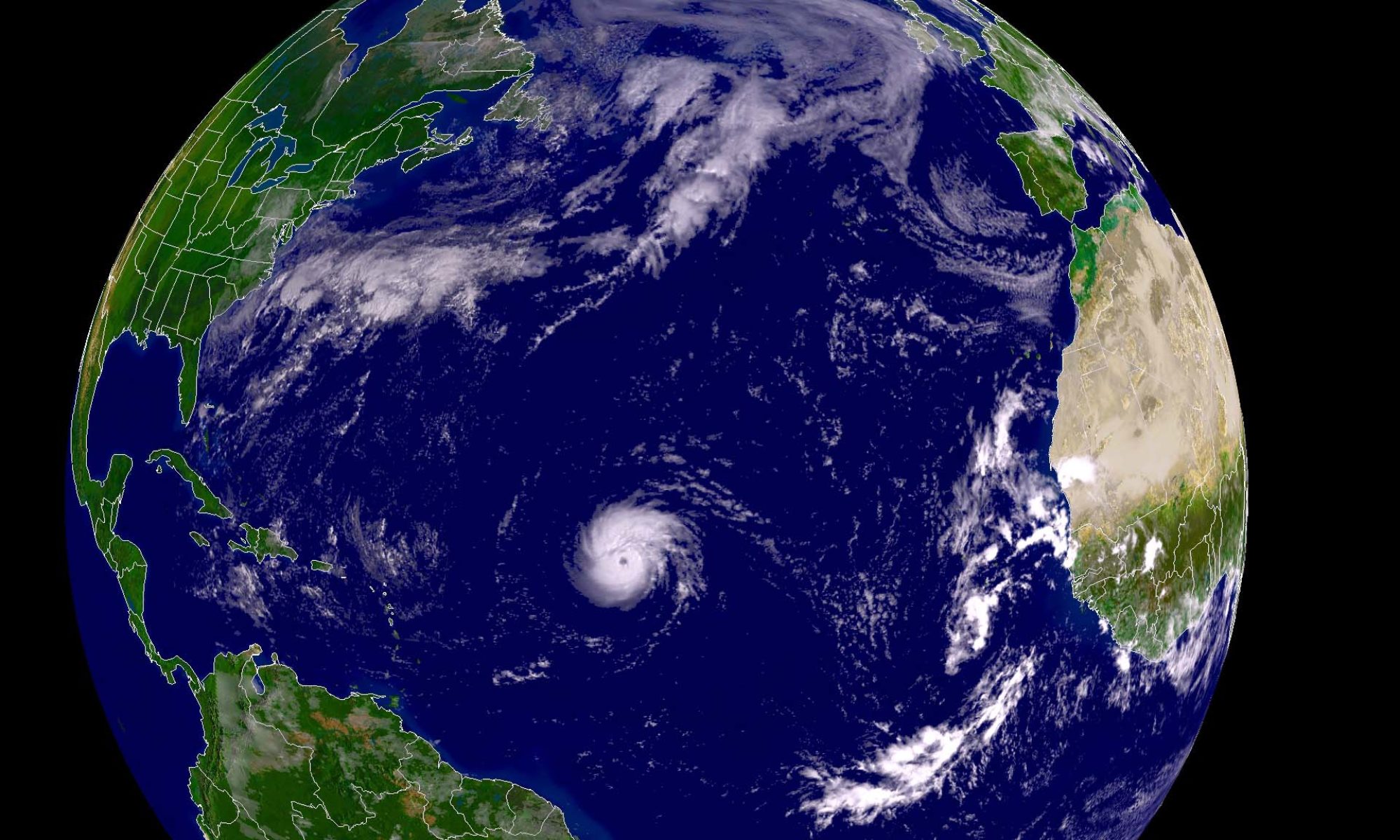Read in French, German, Japanese (日本語 ), Korean,, and Spanish
Scott Jones, Ph.D.
There is historical evidence that the Titanic’s orchestra heroically continued to play until the ship made its final plunge to the bottom of the Atlantic Ocean. There is some temptation to compare that snippet of history to what is playing out in Japan following the decision of the Olympic Committee to award the 2020 Summer Olympic Games to Tokyo. The theatrical command that, “The show must go on,” may be an appropriate observation, but there are monumental differences in the situations.

The human loss of life on the Titanic was indeed shocking, partially so because the Titanic was professionally declared to be unsinkable. The music from Fukushima is decidedly unnerving. It is the sounds from the seriously damaged reactor building number four as its tilt increases in its agonizing slow collapse. That collapse will trigger a one-hundred foot fall of the spent fuel rod cooling tank, exposing the fuel rod assemblies and creating a nuclear disaster more than a thousand times greater than Hiroshima.
Japan will be well remembered by those who survive the global consequences of the resulting radiation hell. The memories will be starkly mixed. Sympathy will soften the memories of the thousands of innocent civilians killed in Hiroshima and Nagasaki as the result of wartime attack of nuclear weapons. There will be no sympathy for the refusal of Japan to immediately request international assistance to determine what could be done to stem the cascade of increasing risks following the March 2011 earthquake and tsunami.… Continue reading





